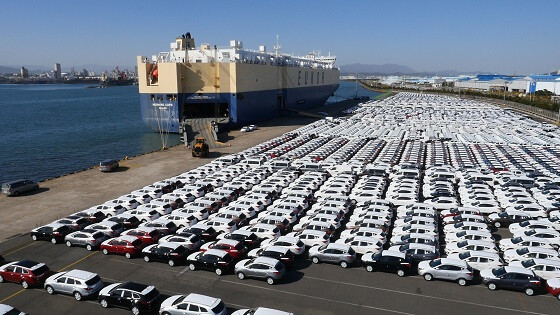
Seoul – South Korea's automobile exports experienced a downturn in January, according to data released by the Ministry of Trade, Industry and Energy on February 18th. The sector saw a 19.6% year-on-year decrease in export value, totaling $4.99 billion.
Key Factors Behind the Decline
Lunar New Year Holidays: The January figures were heavily impacted by the Lunar New Year holidays, which resulted in a reduced number of operational days. Compared to the same period last year, there were four fewer working days, bringing the total to just 20.
High Base Effect: January 2024 set a record for the highest export performance in the sector's history, creating a high base effect that made it challenging to match or surpass this year's results.
Export Volume and Domestic Sales
Export Volume: The number of vehicles exported also decreased, with a total of 199,663 units shipped overseas. This marks a 17.9% decline compared to January of the previous year.
Hybrid Vehicle Growth: Despite the overall decline, hybrid vehicles continued to be a bright spot in the export market, with shipments increasing by 35.5% to reach 36,000 units.
Domestic Sales: Domestic sales also saw a decrease, with a total of 106,000 vehicles sold, representing a 9% drop compared to the same period last year. Notably, passenger car sales increased, contrasting with the strong performance of SUVs in 2023.
Production and Outlook
Production Volume: The total number of vehicles produced in January was 291,000, a decrease of 18.9% year-on-year. This decline was attributed to factors such as the temporary suspension of Renault Korea's Busan plant for electric vehicle production line upgrades, the reduced number of operational days, and the aforementioned base effect.
Government Initiatives
In response to the challenges and uncertainties in the global market, particularly with the new U.S. administration, the Ministry of Trade, Industry and Energy announced the activation of a joint public-private communication system. This initiative aims to support the industry in navigating the changing trade landscape and identifying new opportunities.
[Copyright (c) Global Economic Times. All Rights Reserved.]






























